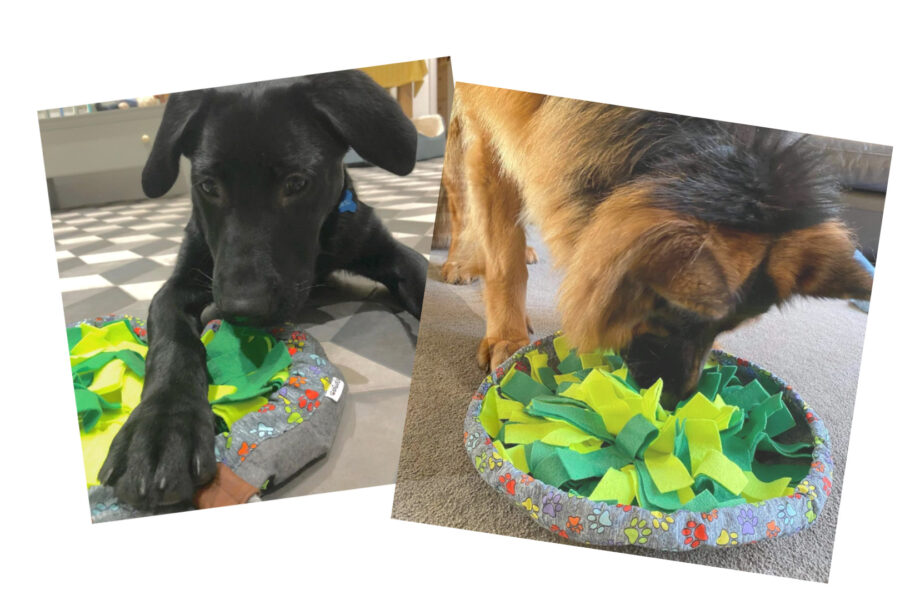Getting your puppy to use a crate can be really helpful in a number of ways. In this article we will look at why you should consider getting one, and steps you can use to get your young dog accustomed to it.
Why should I get a crate?
One main reason is for providing the security for the puppy to develop. It is a safe and snug place for that he / she will start to identify as theirs. It is where your young pup can sleep, chew and experience the world around, as he / she develops into an adult. During this time, puppy will put into practice what they have inherited - the instinct for keeping what is around them clean.
What should I consider when choosing one?
When deciding on a crate, it is important to take into account your puppy’s potential size. You should also consider if you will want to move your puppy from one place to another. Puppy crates are generally encased with wire, allowing the the youngster to see what is going on outside. Portable crates on the other hand, are often made of foldable material. These are often called ‘soft dog cages’. Some wire crates also come with the option of an outer covering, and which can be used for transportation - thus offering both types in one.
Remember, this is basically a bed for your puppy to curl up in (taking up around a third of space), not a palatial playpen. However, it is important to consider how big your puppy is likely to be when almost an adult. If needed you can apply an adjustable barrier to block off any additional space, until your puppy is bigger. There should be enough room to stand up and move around slightly in. so choose according to potential size.
What else will I need for crate training?
Not much - really! You’ll need bedding. The best bet is something either disposable and washable, such as a folding bath towel to fill this function. You also need to make sure the material is not chewable, as puppies like to do this a lot! Make sure you have some treats handy when training your puppy to use the crate.
Crate training your puppy
Here are some simple steps to try:
- When you first introduce the crate, allow your puppy time to be curious,
- Use comforting tones and throw in a favourite toy!
- Alternatively have a treat in your hand, and place your hand inside the crate after allowing sniffing and smelling time.
- Keep the door open, and allow your pup to leave if it wishes, but only praise and reward for going INTO the crate.
- Repeat until your puppy is freely going into the crate. Each time this happens, use a rewarding phrase like ‘Good boy!’ and then close the gate once your puppy is inside.
- Take your attention away - elsewhere. If your puppy whines or makes other protesting noises, tap the cage and give a ‘no’ or ‘quiet’ then go back to what you were doing. Keep this consistent.
- Open the door only once your pup is quiet or asleep.
- Gradually increase the amount of time puppy is in there for.
Using the crate when you are unable to keep watch
One benefit of a crate is that you will be able to contain your little one at times that you are unable to keep an eye on him / her. Rather than have a situation where puppy chews up furniture legs or your shoes, you can use the crate to confine for these periods.
Out of control puppies can be led to the crate, and given time out. However, it is important not to use the it for punishment.
Tips to remember
So there you have the instant Wufguide to using a crate. Here are some Do’s and Don’t tips to round off with
- Let your puppy go to the loo before leaving inside for an hour or more.
- Don’t pander to fussing (or let your puppy out) in the early stages of training.
- If you have children, make sure they know that the crate is out of bounds.
- Don’t feed your puppy while in the crate.
- The crate is not a prison cell for punishment!
Looking for something great to treat your dog with? Try our monthly-themed boxes!


Leave a Comment